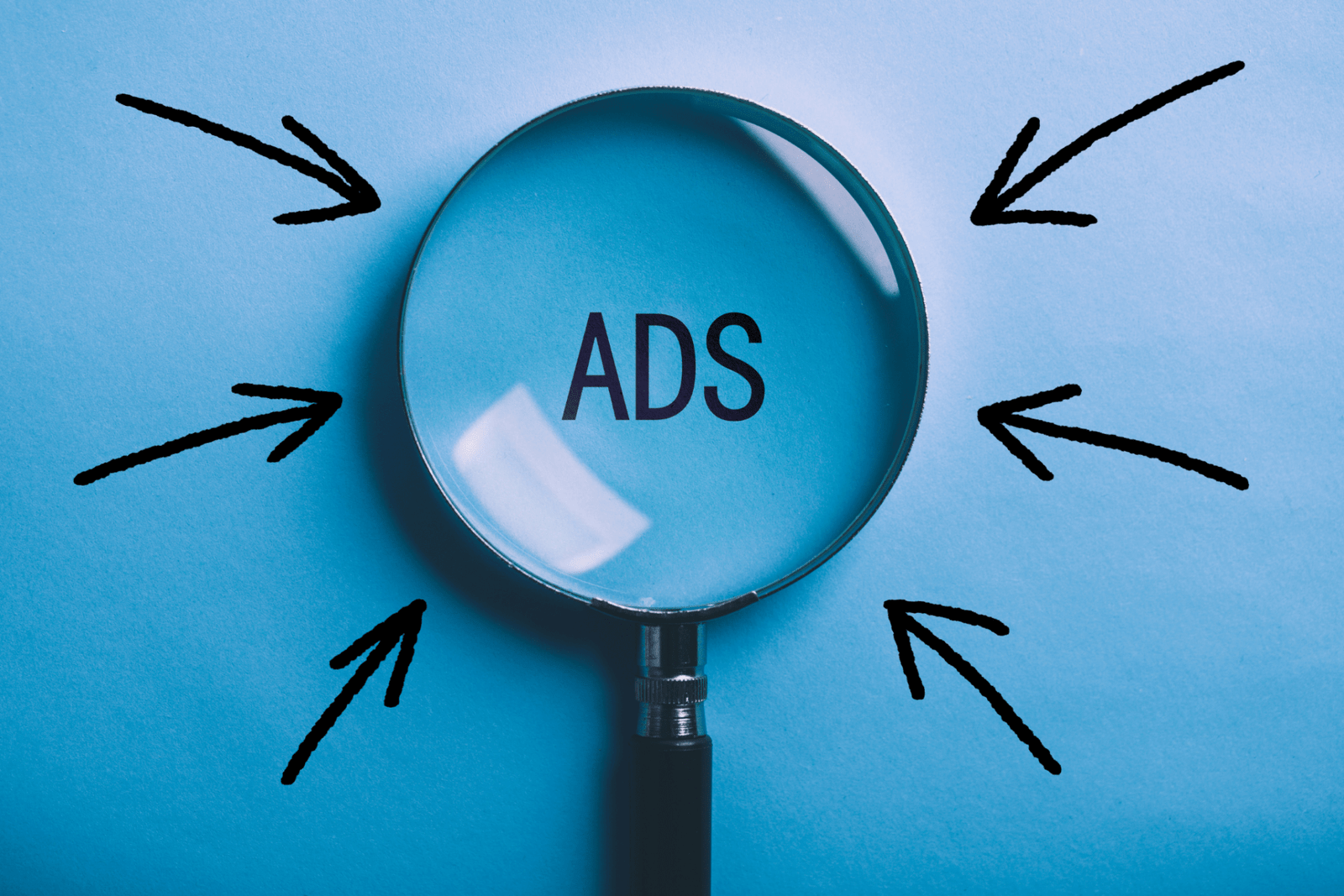Ever stared at a blank screen, wondering how to create an ad that doesn’t just look pretty but actually works? You’re not alone. I’ve been there, and let me tell you, cracking the code of effective ads and creatives can feel like solving a Rubik’s cube blindfolded. But don’t worry, I’ve got your back. Let’s dive into some ad and creative best practices that’ll help you craft campaigns that not only catch eyes but also drive results.
Why Ad and Creative Best Practices Matter
Think about the last ad that made you stop scrolling. What was it about that ad that grabbed your attention? Was it the eye-catching image? The clever headline? Or maybe it just spoke to you at the right moment. That’s the power of great ad creative. It can make or break your campaign.
The Anatomy of a Great Ad
Let’s break down what makes an ad tick:
- Eye-catching visuals: Your ad should stop thumbs in their tracks.
- Compelling headline: Hook ’em in with your first few words.
- Clear value proposition: What’s in it for them?
- Strong call-to-action (CTA): Tell them what to do next.
Remember, these elements need to work together like a well-oiled machine. I once saw an ad with a stunning image, but the text was so small I couldn’t read it. Don’t make that mistake!
Best Practices for Ad Visuals
Your ad’s visual is like a first impression on a date – you want to make it count. Here are some tips:
- Use high-quality images: Blurry or pixelated images scream amateur hour.
- Stick to your brand colors: Consistency is key in building brand recognition.
- Less is more: Don’t clutter your ad. White space is your friend.
- Show your product in action: People want to see how your product fits into their lives.
I once worked with a client who insisted on cramming every product feature into one ad image. The result? A confusing mess that performed poorly. We simplified it to one key feature with a clean image, and boom – click-through rates doubled.
Crafting Compelling Ad Copy
Words matter, folks. Here’s how to make yours count:
- Keep it short and sweet: People have the attention span of a goldfish these days.
- Speak your audience’s language: Use words and phrases they use.
- Focus on benefits, not features: Tell them how you’ll make their life better.
- Create urgency: FOMO (Fear of Missing Out) is real. Use it wisely.
Remember that time I wrote a 50-word ad description thinking more is better? Yeah, no one read it. Learned my lesson the hard way.
The Power of A/B Testing
Here’s a secret: even the pros don’t always know what will work best. That’s why A/B testing is your new best friend. Test different:
- Headlines
- Images
- CTAs
- Ad copy
I once ran a test where we changed just one word in the CTA from “Buy Now” to “Get Yours.” Guess what? Conversions jumped by 20%. Never underestimate the power of testing.
Ad and Creative Best Practices Across Platforms
Different platforms, different rules. Let’s break it down:
Facebook and Instagram Ad Best Practices
- Keep text on images to a minimum
- Use vertical videos for Stories ads
- Experiment with carousel ads for showcasing multiple products
Google Ads Best Practices
- Use all available ad extensions
- Include keywords in your headlines and descriptions
- Create ads for different stages of the buyer’s journey
LinkedIn Ad Best Practices
- Use professional, high-quality images
- Keep ad copy concise and value-focused
- Leverage LinkedIn’s professional targeting options
The Role of Emotion in Advertising
Ever noticed how some ads just make you feel something? That’s no accident. Emotional appeals can be powerful:
- Joy: Show how your product brings happiness
- Fear: Highlight a problem your product solves
- Trust: Use testimonials and social proof
- Belonging: Show how your product fits into a lifestyle
I once created an ad for a fitness app that focused on the joy of achieving goals rather than the fear of being unhealthy. The positive emotion resonated much better with our audience.
FAQs About Ad and Creative Best Practices
Q: How often should I update my ad creatives? A: Aim to refresh your ads every 4-6 weeks to prevent ad fatigue.
Q: Should I use the same ad across all platforms? A: While your core message should be consistent, tailor your ads to each platform’s best practices and audience expectations.
Q: How do I know if my ad is working? A: Keep an eye on metrics like click-through rate (CTR), conversion rate, and return on ad spend (ROAS).
Staying Ahead of the Curve
The world of advertising moves fast. Here are some trends to watch:
- Video content: Short-form videos are king right now
- User-generated content: Authenticity sells
- Interactive ads: Engage users with playable or swipeable ads
- AI-powered personalization: Tailoring ads to individual preferences
Wrapping It Up: Your Ad and Creative Best Practices Cheat Sheet
Remember, great ads don’t happen by accident. They’re the result of understanding your audience, crafting compelling messages, and continually testing and refining your approach. Here’s your quick cheat sheet:
- Know your audience inside and out
- Create visually striking ads that align with your brand
- Write clear, benefit-focused copy
- Always be testing
- Tailor your approach to each platform
- Don’t be afraid to evoke emotion
- Stay up-to-date with the latest trends
By following these ad and creative best practices, you’ll be well on your way to creating campaigns that not only look good but deliver results. And isn’t that what it’s all about?
So, next time you’re staring at that blank screen, remember these best practices. Your next great ad campaign is just waiting to be created. Now go out there and make some ad magic happen!

